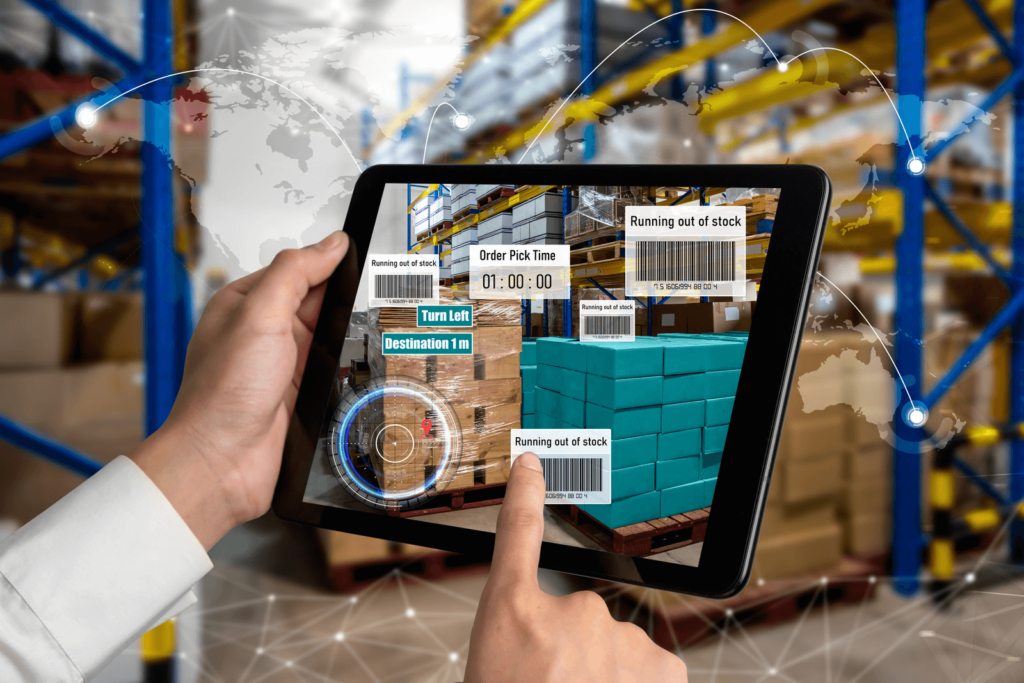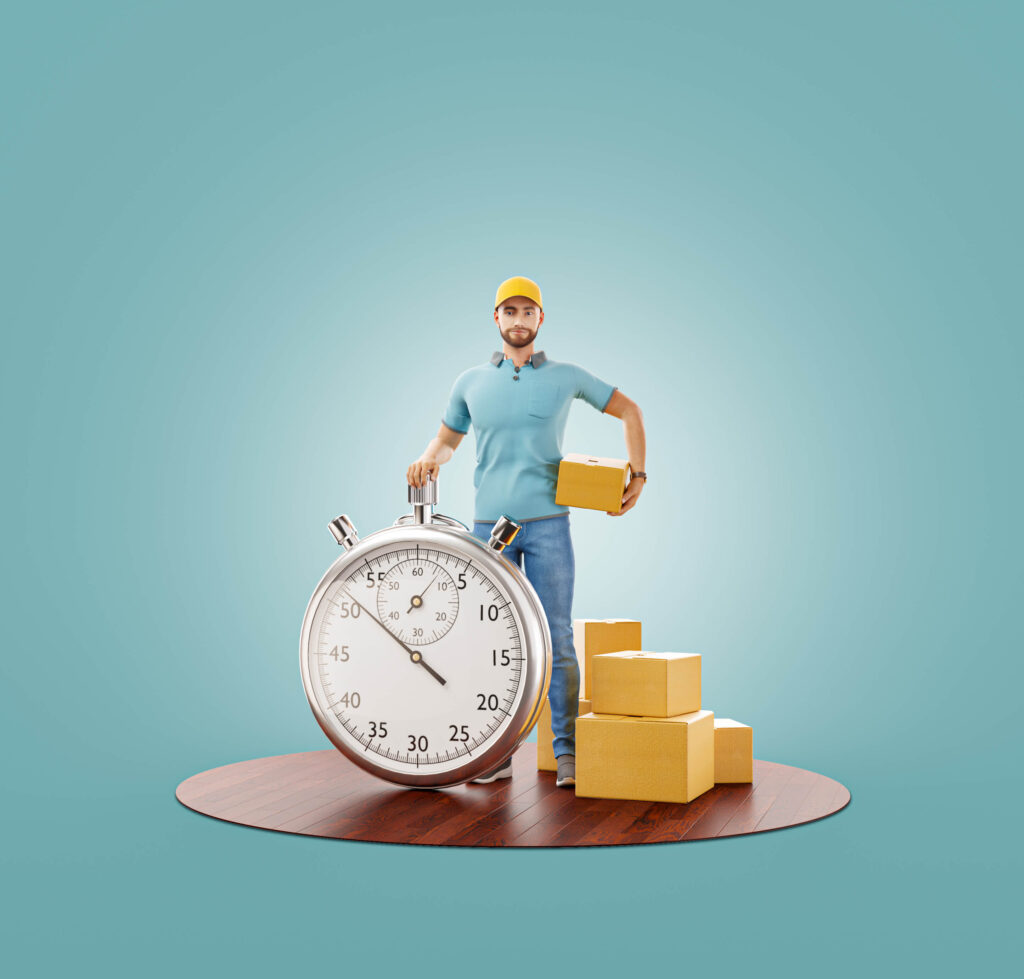
- Products
- Solutions
- Learn
- Partner
- Try Now
In recent years, we have seen an exponential rise in the number of last-mile deliveries and the focus on customer experience in last-mile delivery. The demand for hyperlocal delivery is growing tremendously. Due to this sudden rise in demand, there are several start-ups focused on the on-demand product delivery business.
Consumers have gotten used to the notion of online delivery services. Some of these items such as food and medicine are necessities of life. So, it is logical that they are just a tap away.
Pain points in last-mile delivery services

It is important to keep in mind that the on-demand delivery services sector is extremely competitive. There is a range of delivery services you can select from such as Uber Eats, GrubHub, and DoorDash.
The main goal of an on-demand delivery service is to serve customers with a quality delivery experience in a short time period. This is the place where the biggest pain point of any on-demand delivery service lies. Being able to provide affordability and accessibility amid several logistics challenges is something the start-ups in the delivery services businesses need to focus on.
As an example in the online grocery delivery sector, the services you are providing have to be personalized for your clients in a way Uber Eats does it. The degree of personalization they have offered to their customers is the reason why they are ahead of their competitors in the race. Apart from that, you also need to concentrate on the pain points of the clientele. You should be able to offer solutions to them that your rivals have not been able to find in the niche.
Factors affecting customer experience in last mile delivery
1. Should you have an in-house fleet?
No instruction manual or textbook approach details the right methods for taking up delivery operations for a chain. Outreaching new areas of a neighbourhood and cities or even countries on large scale is a difficult task. Having an in-house delivery fleet or outsourcing to a third-party logistics provider both have their merits. You can read more about choosing the right choice here.
Some things to be considered include the regulations in place, the infrastructure available there, and consumer behavior when you are thinking about expanding your delivery services. Having an in-house delivery fleet provides greater control of the supply chain. It includes all the money they are charging, for the uniform they use.
If you are running a food delivery service it is easier for a restaurant to partner with a delivery service rather than owning a fleet. They can save themselves the hassle of adding new departments necessary for this purpose. But there is a downside to it as well. Even though this trade-off doesn’t translate directly to monetary losses there is an indirect risk involved.
When an external delivery service is being used you are competing with other food chains available with the third-party delivery services. The loyalty of the customer in this case lies more with the delivery service than with the restaurant providing the food.
2. Use of technology
Most start-ups cannot afford to go blindly into a market due to the limited means available to them. There needs to be a carefully planned strategy before entering the delivery service business. The staff employed must be well trained and should be able to work in tandem with various drivers while making the customers aware of the situation.

If you are looking to become one of the best in the on-demand delivery service sector, you will need a delivery app that provides unique features and will make online ordering a breeze. So, the use of technology is the key.
3. Speed of delivery
All customers are looking for speed. When two delivery services are offering the same products at the same price, they will check the time it takes to deliver the products. A few years ago, next-day delivery was a luxury. But the last-mile delivery was a game-changer for the industry.
Soon after the introduction of same-day delivery, businesses adapted to delivery in a matter of minutes. This shift in the business model has had a drastic impact on the ever-changing consumer preferences.

Keep in mind that delivery within the hour or even same-day delivery will not be possible without having the services of delivery management software. The use of software allows you to plan and adjust the delivery schedules and routes within 30 seconds.
4. Convenience
Another thing valued by the customers is convenience. Having software allows you to do that. All customers are looking for convenience from their deliveries. According to a survey conducted in 2020, one of the top three things all consumers value the most was convenience.
Normally all companies send a confirmation message to the customers about an approximate time and date for the delivery. However, is this convenient for the customer? Not really. The customer has to remain at home at this time to wait for the order. He doesn’t know at what time it will arrive.
Although, the average customer wants the order to be delivered quickly, they also wish to select the time of delivery for the article. Allowing the customers to select the convenient time and date for delivery provides them an opportunity to plan their schedule suitably. They do not have to keep worrying about missing the order. This is also helpful for the delivery services it reduces the chances of the items returning.
Conclusion
Due to the advent of the COVID-19 pandemic customers around the world have become more demanding than before. However, despite the increase in order volumes, the consumers expect to get a quality service. People are looking for better control over where, how, and when they will receive the order. Most consumers want delivery companies to be transparent about the service.
Even with the increasing pressure, the aim is to get the best possible customer experience in last-mile delivery. If you are looking to enter the hyperlocal delivery space, check out Tookan.
Tookan is a SaaS based software which empowers businesses with Delivery Management and Route Optimization Services. Businesses can improve the operational efficiency of their delivery services with end-to-end route planning, rider allocation, automated dispatch and real-time tracking.
Subscribe to stay ahead with the latest updates and entrepreneurial insights!

Subscribe to our newsletter
Get access to the latest industry & product insights.





















